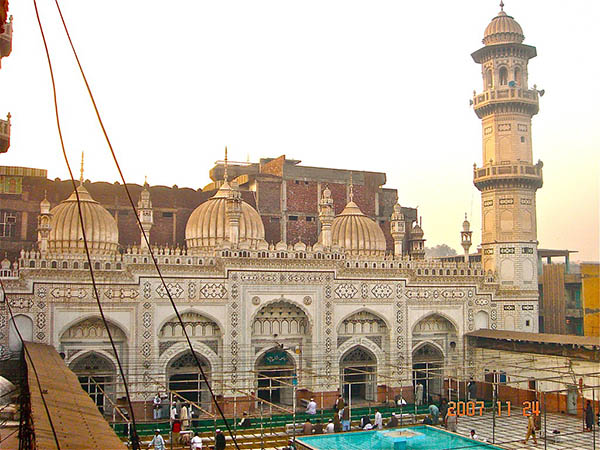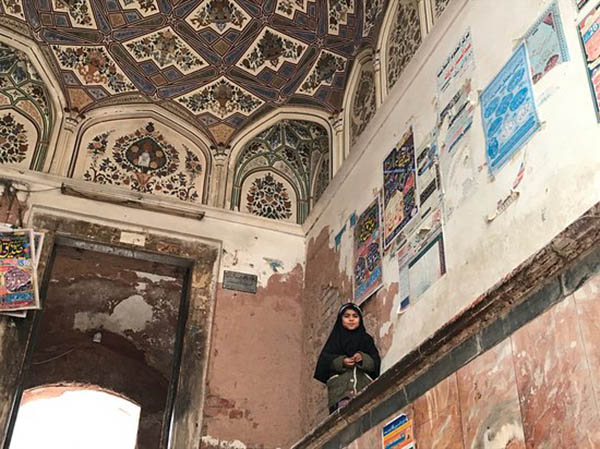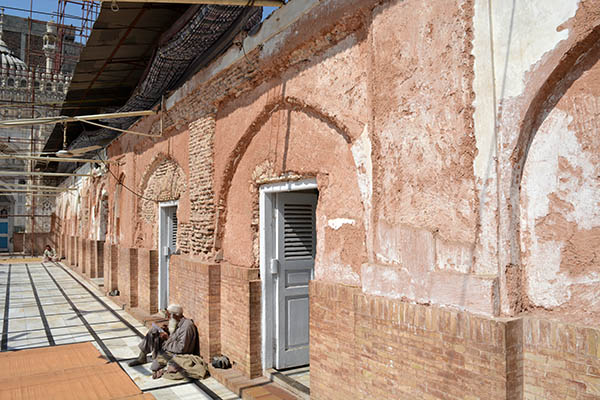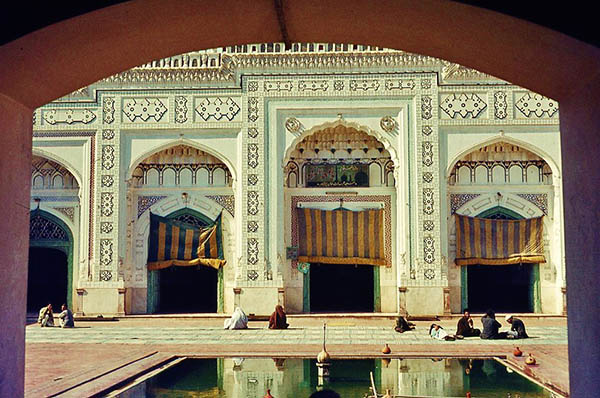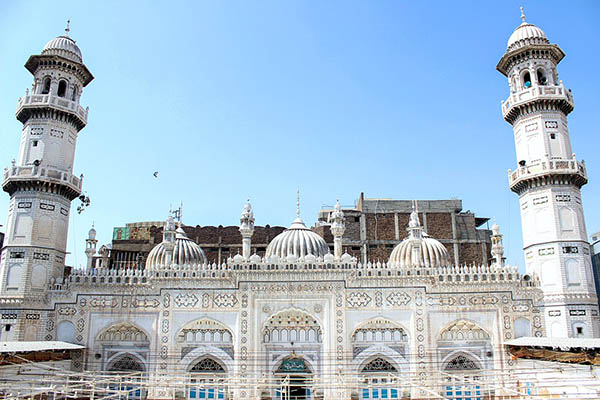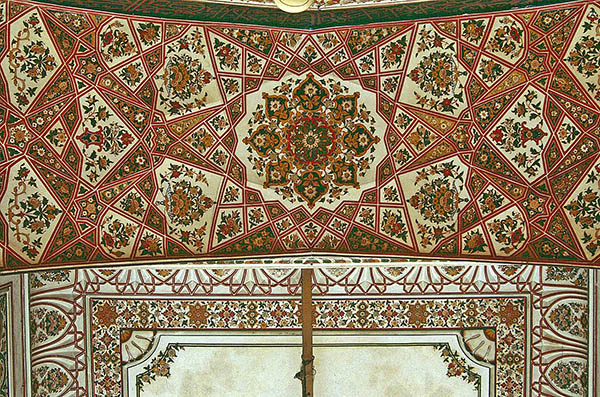Mahabat Khan Masjid
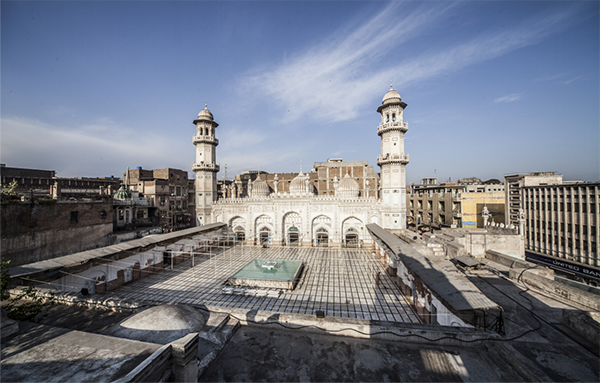
La mezquita de Mahabat Khan a veces deletreada mezquita de Mohabbat Khan, es una mezquita de la era mogol del siglo XVII en Peshawar, Pakistán. La mezquita fue construida en 1630 y lleva el nombre del gobernador mogol de Peshawar, Nawab Mahabat Khan bin Ali Mardan Khan, conocido alternativamente como Mahabat Khan y Ali Mardan Khan.
La fachada de mármol blanco de la mezquita se considera uno de los lugares más emblemáticos de Peshawar.
Los minaretes de la mezquita de Mohabbat Khan se usaban con frecuencia en la época sij para colgar a los prisioneros. Cinco personas por día eran colgadas de los minaretes, en sustitución de la horca ”. [4] Tras la invasión soviética de Afganistán, los ancianos tribales refugiados se congregarían en la mezquita para forjar la unidad entre los afganos contra los soviéticos.
The Mahabat Khan Mosque sometimes spelt Mohabbat Khan Mosque, is a 17th-century Mughal-era mosque in Peshawar, Pakistan. The mosque was built in 1630, and named after the Mughal governor of Peshawar, Nawab Mahabat Khan bin Ali Mardan Khan, known alternatively as Mahabat Khan and Ali Mardan Khan.
The mosque's white marble façade is considered to be one of Peshawar's most iconic sights.
The minarets of the Mohabbat Khan Mosque were frequently used in Sikh times for hanging prisoners. Five people per day were hanged from the minaretes,as a substitute for the gallows’.[4] Following the Soviet invasion of Afghanistan, refugee tribal elders would congregate in the mos que in order to forge unity amongst Afghans against the Soviets.
